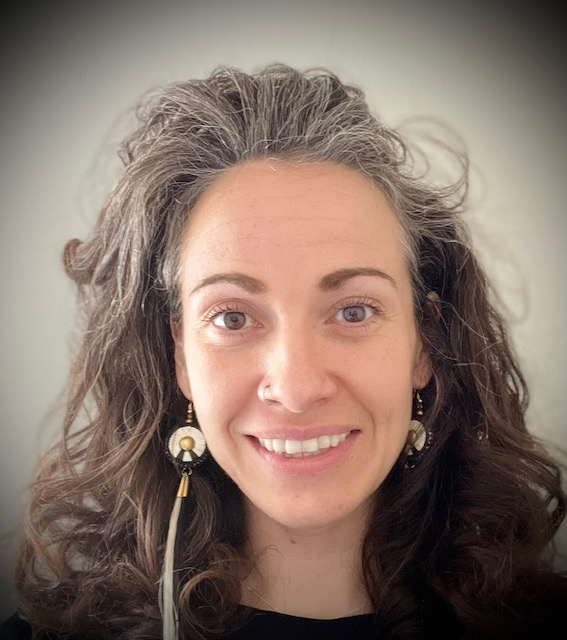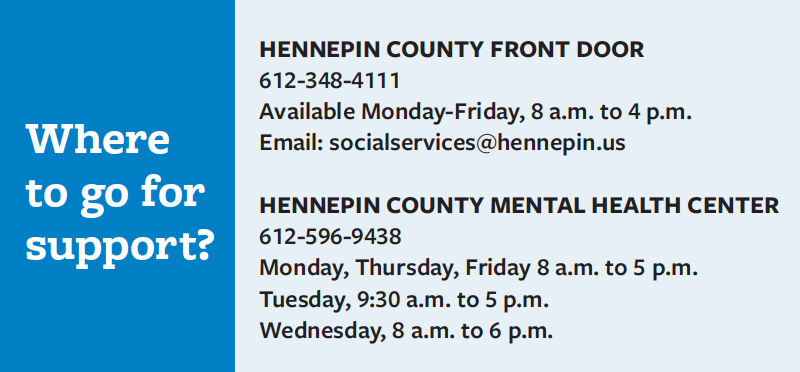In Hennepin County, programs alone can’t solve homelessness. Families need connections to people.
Kayla Richards knows what homelessness looks like and feels like. When she thinks about growing up in South Dakota, she says programs assisted her family, but not as much as people.

“There were interventions that helped my family, right, like supportive housing, consistent therapeutic services, mentorship,” she said. “(But) it was the people. It was the practitioners. It was having a connection to a caring adult who showed up for me really consistently and showed up for my family.”
In Hennepin County in 2022, 2,191 people lived in shelters and almost 500 people lived without shelter, according to the county’s latest annual count. According to the federal Substance Abuse and Mental Health Administration, people experiencing homelessness have a higher mortality rate, are more vulnerable to sickness and often struggle with several challenges, from substance usage to alcohol abuse. Twenty years after living through homelessness, Richards now works as a juvenile behavioral health program manager for the county with a mission of connecting people to resources and lived experience. She especially wants to be that connection for “Black and brown and indigenous youth (who) are overrepresented in the juvenile justice system.”
Hennepin County offers many programs to help this vulnerable population — from housing programs to mental health care. Though these programs are in place, Richards said it’s easy to overlook the difficulties someone experiencing homelessness faces in fulfilling everyday tasks, such as finding public transportation, storing and carrying water, or even using the restroom.
“I just remember the amount of effort it took to keep up on just day-to-day tasks,” she said.
In order to do tasks that many people take for granted, this population requires services that exist in many places — programs for mental health, for addiction help, for housing stability and for finding shelters. But what helped Richards the most were people.
“So, relationship is such a critical intervention ,” she said.
In the Twin Cities, families dealt with loss from COVID-19 and also from the George Floyd murder. Richards says to move forward we must “create space for healing” and slow down, and that’s true for service providers, too.
“I’m noticing a lot of folks attempting to cope with a lack of healing,” Richards said. “And that shows up really differently for different people: depression, anxiety, sometimes really high-risk behavior, sensation seeking, lots of stuff. And so I think as systems providers, we need to do a better job of slowing down and thinking about capacity a little differently. … I think that often, our service delivery models really situate and center the service provider and not the client.”
She fears the problem may lead to intimidation getting in the way of people getting what they need.
According to the Substance Abuse and Mental Health Administration, permanent housing and housing with services help people stay connected to social services and destigmatize mental disorders while offering a space where they can be heard and understood.
“We often sit in the assumption that folks from marginalized communities do not have voices. They do,” Richards said. “We have to work on shifting systems to create space to listen.”

ThreeSixty Journalism students are passionate about mental health and how it impacts their community, which is why the stories produced at News Reporter Academy this summer are so important. In partnership with the Center for Prevention at Blue Cross and Blue Shield of Minnesota and led by MinnPost, students are profiling mental health resources in underrepresented communities. This resource guide highlights important people and organizations doing mental health work throughout the Twin Cities. Click to read more stories.
Hennepin County Featured at TV Camp, Too!
